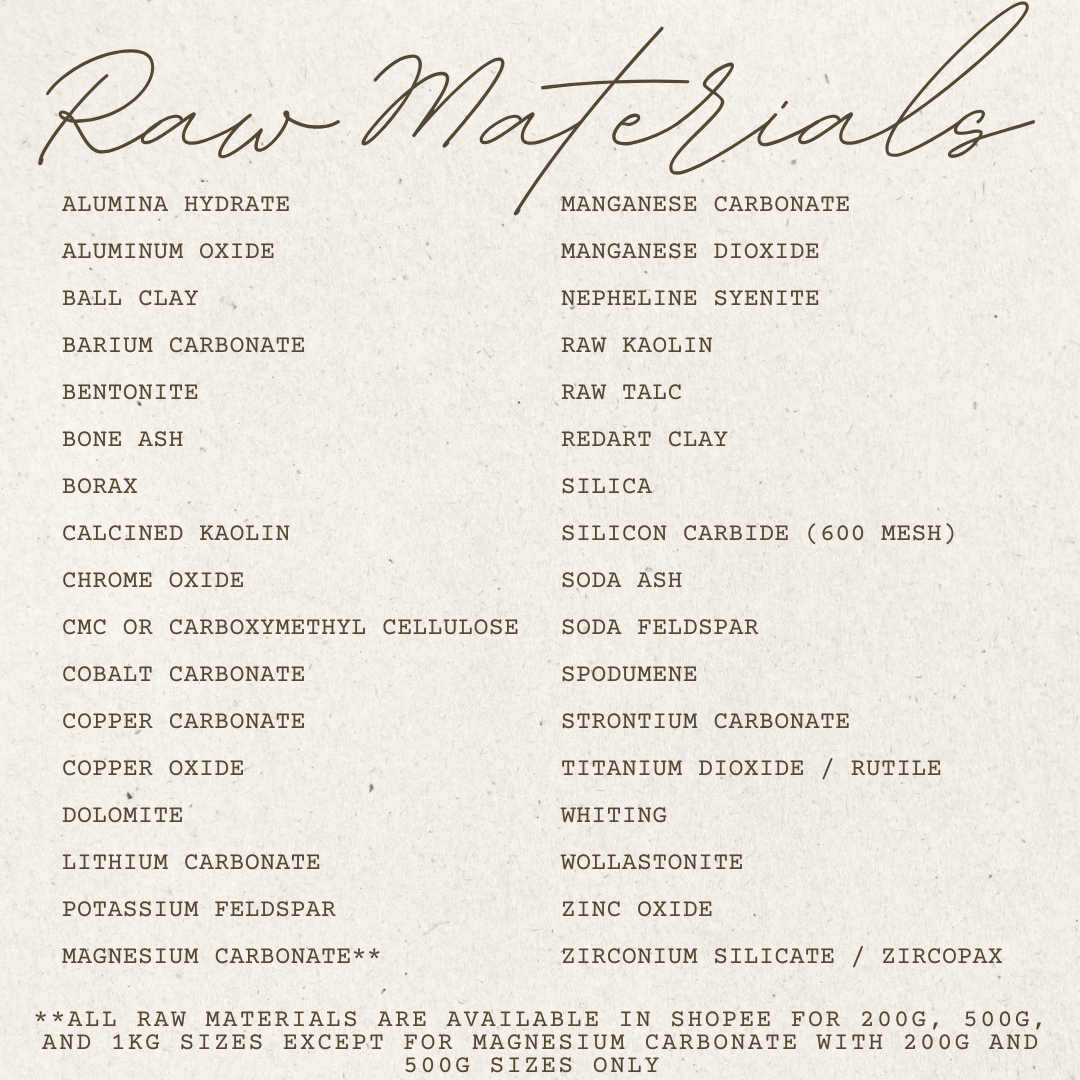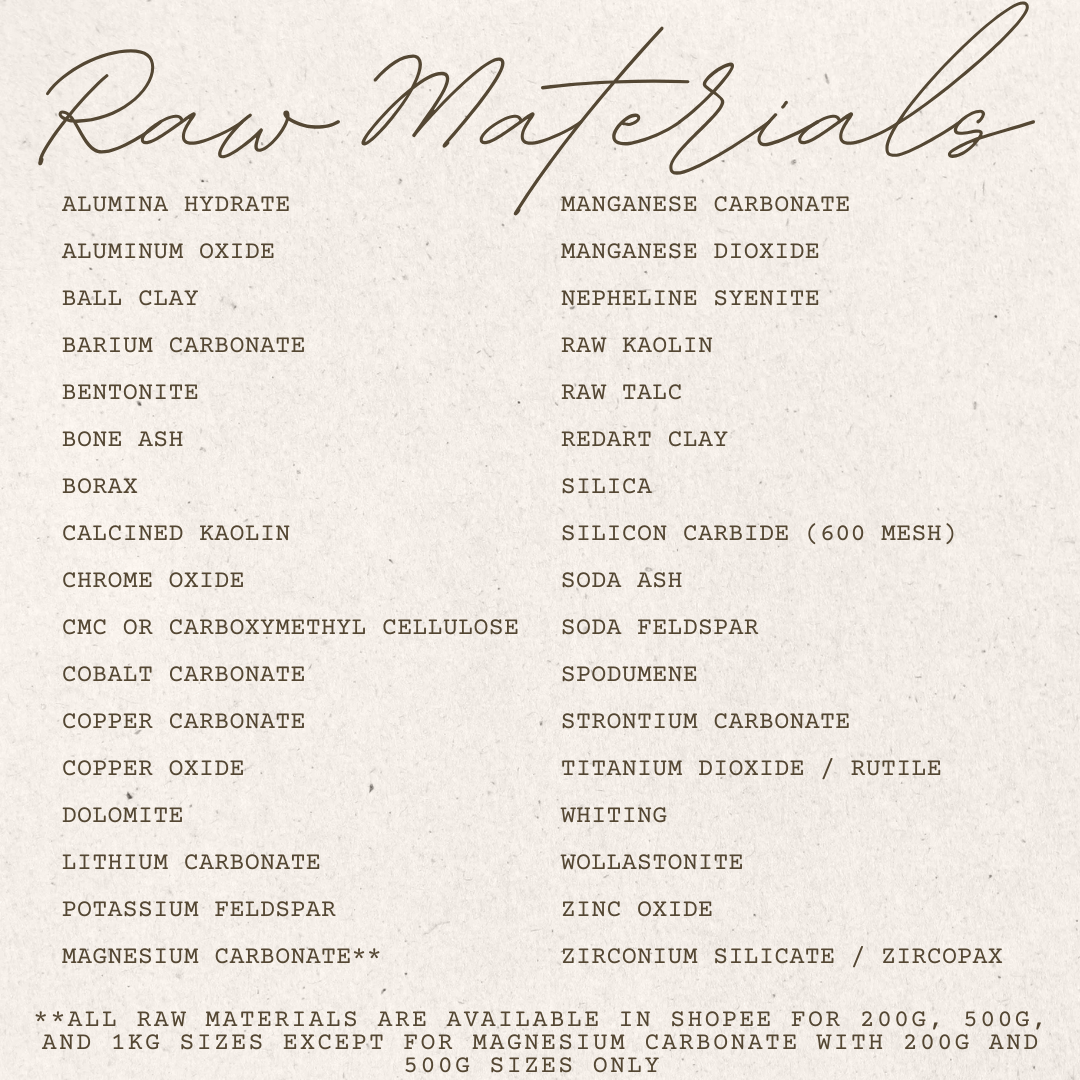Titanium Dioxide (TiO₂) is a white, odorless, crystalline powder known for its brightness, opacity, and non-toxic nature. It is one of the most widely used pigments in various industries, including paints, coatings, plastics, ceramics, and cosmetics. Titanium dioxide occurs naturally as the minerals rutile, anatase, and brookite, but it is usually processed for industrial use.
Titanium dioxide, in pottery, commonly referred to as rutile in its natural form, is used primarily as an opacifier in ceramic glazes to create a smooth, opaque, and matte finish. It helps scatter light within the glaze, giving a white or creamy appearance, and can also enhance other glaze colors by adding depth and richness. Additionally, rutile can contribute to interesting glaze effects like speckling and variegation, making it popular for decorative ceramics. Its ability to withstand high firing temperatures while improving the durability and aesthetic quality of glazes makes titanium dioxide an essential component in pottery.
Appearance:
-White, fine powder
-Insoluble in water, but soluble in concentrated sulfuric acid.
Other applications in different industries:
1. Paints and Coatings:
The most common white pigment due to its ability to scatter light, providing high opacity and brightness.
2. Plastics:
Incorporated into plastics for its whiteness and to protect polymers from UV degradation.
3. Cosmetics:
Used in sunscreens, lotions, and other cosmetic products for its UV-blocking properties.
4. Paper:
Utilized as a whitening agent in the production of high-brightness paper and coatings.
5. Food Additives:
Approved as a food coloring (E171) and used in products like candies and chewing gum to enhance whiteness.
NOTE: All Raw Materials are very fine-grained (200-325 Mesh).








